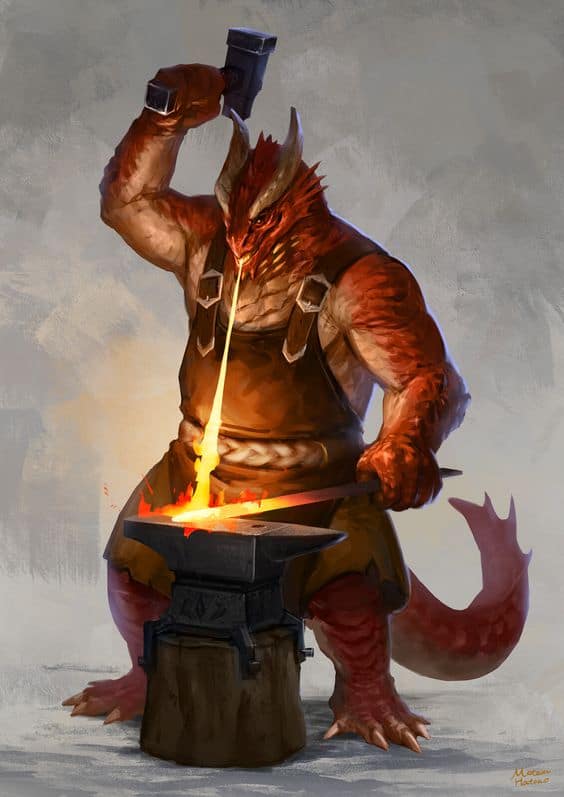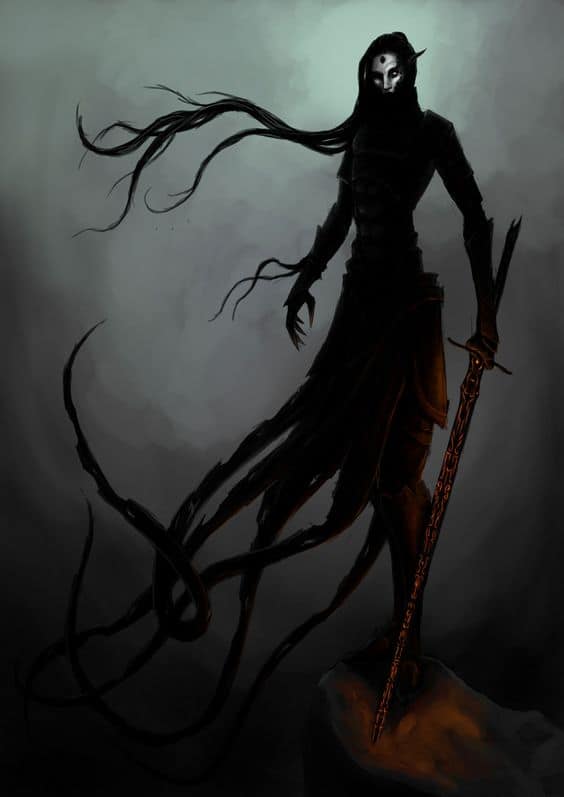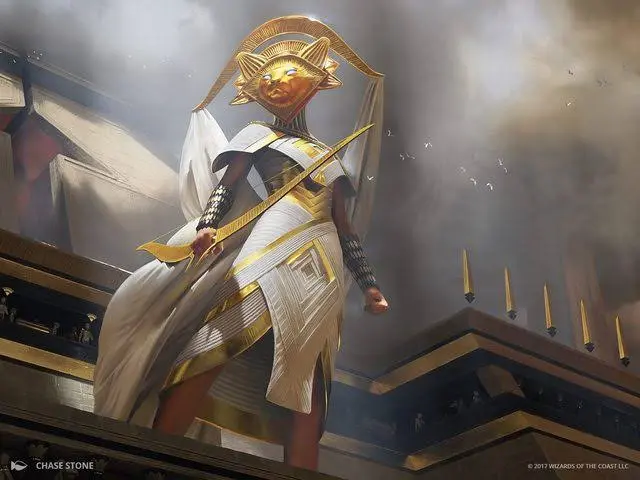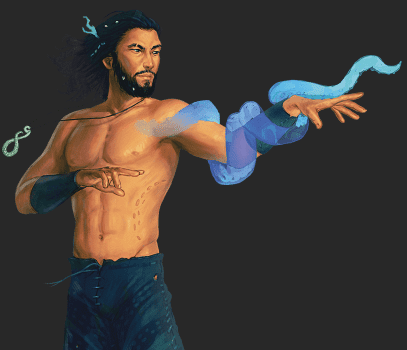D&D 5e: Circle of Spores Druid Guide
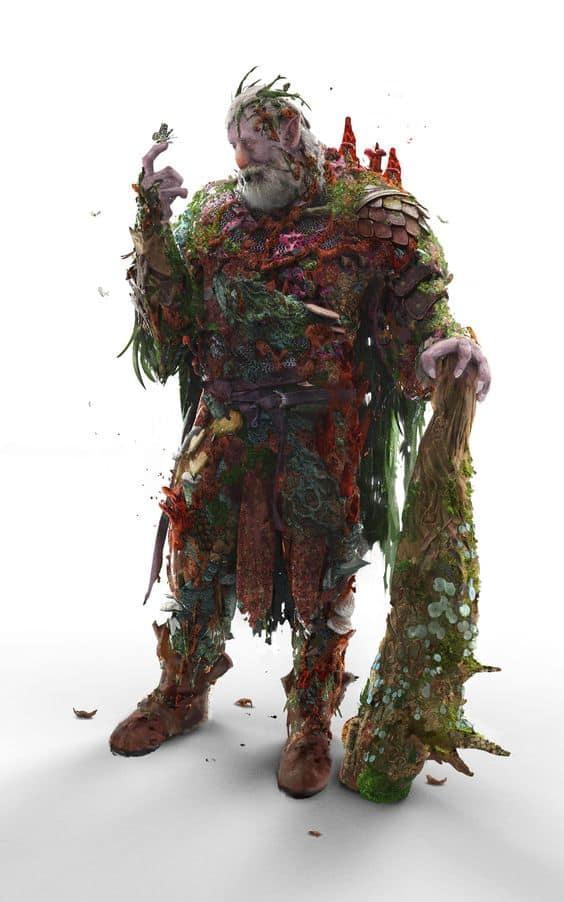
D&D 5e: Circle of Spores Druid Guide
Role in the Party
Death and decay are part of the natural cycle, and wherever dead things fall, you find new life growing in the form of fungi.
Druids who follow the Circle of Spores keep the balance and venerate the dead in their own way, directly becoming a part of the greatest cycle. Terrifying opponents, Spores Druids are capable, and more importantly willing, to use all the tools available to them.
Enemies who face this Circle will choke and blacken as poisons and spores suffuse the air. Those who succumb drag themselves from the ground again, animated by natural magics, falling upon former friends. Then, striding through the fog comes to the Spores Druid themselves, transformed, almost more plant than man, to deliver the finishing blow.
Full spellcasters as well as impressively potent melee powerhouses, this guide breaks down the Circle of Spores Druid, including character abilities, feat and skill choices, and more.
Epic
Good
Meh
Bad
The Circle of Spores subclass is found in Tasha’s Cauldron of Everything. Click here to pick up your own copy of Tasha’s Cauldron of Everything!
Circle of Spores Features
Circle Spells: The Spores Druid gains bonus spells at the levels below. These spells are always available and prepared and don’t count against the character’s spells known.
Gaining a list of bonus spells is always a nice buff, especially in a class that can freely shift spells every single morning. It helps that the list is decently well rounded, with a couple of damage options, some powerful debuffs, and one or two out-of-combat spells.
2nd Level
Chill Touch: A free cantrip is great, and opens up some options for lesser used, utility choices. Chill Touch is a solid damage option with a great anti-healing rider built in.
3rd Level:
Blindness/Deafness: Blindness is a very powerful effect if it sticks, but this targets CON and can be saved against every turn.
Gentle Repose: Situational and almost useless. There are very few times when any party will need to cast this spell.
5th Level:
Animate Dead: While it has to be built towards, and usually requires the party and GM to play along, Animate Dead can be an incredibly powerful spell. Even if you don’t have time to create an unstoppable army of the undead, raising a zombie and sending it into the next room to scout, or stumble headlong into a tripwire and trigger it instead of you, is always a nice trick.
Gaseous Form: It’s a strange effect, but the amount of utility this gives a character is huge. A fly speed and the ability to pass through the tiniest gaps (keyholes…) are exceptional scouting power. Resistance to all damage helps if you get jumped, and it lasts for an hour.
7th level:
Blight: This isn’t a lot of damage, especially for a 4th level spell slot. A specific rider against plants is fluffy but probably won’t come up often.
Confusion: The effect is random, but dropping this spell on a group of enemies at the start of an encounter can absolutely ruin their ability to fight back. A usable AOE, powerful effects, and, interestingly, scaling area of effect with level all make this spell incredibly useful.
9th Level:
Cloudkill: A rolling area of constant damage that obscures the area and moves away from you. Sweep a street clear of enemies, push it into rooms to wipe out all resistance, and even pour it down to lower levels of areas. Powerful, characterful, and well worth casting.
Contagion: Cast from melee, where the Spores Druid wants to be, Contagion chooses from a list of powerful effects. Landing Slimy Doom ends combat encounters, stunning the recipient whenever they take damage.
Halo of Spores: At level 2, the Circle of Spores Druid learns to weaponize the spores that surround them.
Whenever a creature moves within 10ft of the Druid or starts its turn there, the Druid can spend their reaction to deal d4 Necrotic Damage on a failed CON save.
The damage scales to d6 at level 6, 1d8 at level 10, and 1d10 at level 14.
While the damage is low and it can be saved against, this is a mostly free way to deal damage to enemies every single turn, only using your reaction, which most Druids barely have a reason to use.
Symbiotic Entity: From level 2, instead of turning into an animal, the Spores Druid can shift into a symbiotic, fungal form for up to 10 minutes.
This takes an action, and grants the Druid a number of benefits:
-
4 temporary HP per Druid level
-
Halo of Spores deals double damage
-
Whenever the Druid makes a melee attack, they deal an additional 1d6 Poison damage
All of these things clearly push the subclass towards the path of a melee bruiser. Extra HP fixes the durability of the class. Melee damage boosts keep you competitive with other characters, and staying close to the fight means that Halo of Spores is going to keep triggering.
These benefits last for up to 10 minutes, but also fall off if the Druid loses all of their temporary HP. As this takes an action, it’s also generally worth activating it before combat, if possible.
It’s also worth pointing out that the bonus damage triggers any melee attack. That means finding ways to land extra attacks is a key way of optimizing the character. Polearm Master. Sentinel. The Thorn Whip cantrip, which is a 30ft range melee spell attack. All of these are ways to make sure you’re triggering the bonus damage as many times per round as possible.
Fungal Infestation: From level 6, whenever a humanoid or beast dies within 10 feet of the Druid, they can spend a reaction to reanimate the creature as a Zombie.
The creature’s stats change to the base zombie stat block. It stands up with 1 hp, can attack, and follows your mental commands, which takes no action. The zombie lasts an hour before degenerating back into a corpse. The ability can be used WIS modifier times per day.
While the zombie itself isn’t particularly strong, beasts and humanoids are prevalent enemies, so this can see a lot of use. An extra body is always useful, and even if the zombie stands in front of an enemy and eats a single attack, that’s one attack that won’t be aimed at the party.
The other thing to consider here is that a zombie has out of combat utility. Leave it behind you as a guard, use it to explore rooms, or walk it into traps to safely deal with them. There are a lot of ways to benefit from a completely expendable body following you around.
Spreading Spores: From level 10, whenever the Druid has Symbiotic Entity active, they can spend a bonus action to create a 10ft square area which deals their Halo of Spores damage to any creature that fails a CON save when they move or start their turn in it.
Put simply, this is another way to zone out enemies, allowing the Druid to create an area of constant, visible damage that doesn’t take more than a single bonus action.
This does disable the Druid’s Halo of Spores, but by this point, that could be a good thing, as the character might have picked up a way to spend their reaction, and dropping this is a way to force enemies to move a certain way, or take damage simply for standing in front of the party.
Fungal Body: From level 14, the Druid becomes more fungus than man. Their changing body gains immunity to the Blindness, Deafness, Frightened and Poisoned conditions.
The Spores Druid can also no longer be critically hit, unless they’re incapacitated (So, realistically, stunned or dying.)
This is amazing, especially for a front line melee character like a Spores Druid. A whole mess of immunities is nice, but the most powerful thing by far here is what’s basically total immunity to crits. The unexpected spike of damage from a crit can end a fight, so switching them off against you is a big deal.
Strengths
A Spores Druid is a tanky beatstick, an absolute generalist that’s more than capable of throwing down in close combat, but can also hang back to blast out damage and control spells, and help with the clean up once combat is done.
The abilities of the class offer natural synergy. Everything here at early levels is all about getting tougher, then closing the distance with enemies and making them hurt. Bonus HP, bonuses to melee damage, a damage trigger that goes off just for being near you, the Spores Druid is punishing if it’s allowed to do its thing. Which is to sit in the second line and deal consistent, turn by turn DPS, backed up with powerful spellcasts.
With that said, the Spores Druid is still a Druid. That means it’s a full caster, with spells that are easily the equal of other full casters like the Cleric and Bard. Uniquely for Druid subclasses, it can also use all of its spells and abilities when it’s using its Wild Shape to transform into a mushroom man, which offers a lot of flexibility; the ability to cleanly switch between caving in heads with a stick, then throwing out powerful Druidic Magic.
As it levels, the Circle of Spores gains a ton of utility. Necromantic spells and abilities that no other Druids have access to. Bonus action AOE poison damage. Plus becoming much tankier, passively gaining a big list of immunities that are always on.
Outside of combat, expect to be one of the party’s main sets of eyes. Your Perception is going to be one of the best. Wilderness areas are the class’s bread and butter, as you’d expect, but the Druid is also a natural scout, still retaining the capacity to shift into tiny, overlooked animal forms, or animate dead bodies that do the job for you.
Weaknesses
One of the biggest issues of the Circle of Spores is also its biggest strength. The fact that it’s a generalist.
While the class does everything reasonably well, it’s never going to excel in something the way other classes can. You’re not going to be as beefy as the Fighter, or have the same spellcasting power as a Wizard.
But then, the Wizard can’t clothe themselves in spores and go hand-to-hand with a giant, and the Fighter can’t cause magical vines to sprout out of the ground and strange all those goblins, so it really is a balance.
Druids are also traditionally a class that can struggle on social days. While characters built with this subclass can have a ton of out-of-combat utility, with Guidance cantrips, summoning, and the ability to still turn into an animal, there’s nothing here that makes the Spores Druid any better at talking to people. And that’s a major consideration if you know your campaign is going to be heavy on the social side.
Best Race Options
Protector Aasimar: Good stat buffs, a free cantrip, two damage resistances, and a once-per-day healing effect are all excellent abilities. But we’re here for the Aasimar transformation, a once per day 1 minute buff that offers flight and a big chunk of bonus damage once per turn.
Wildhunt Shifter: Great stats, Darkvision, Perception, and Survival proficiencies, and the ability to shift into a more bestial form once per rest, for even more temporary HP, and advantage on all those WIS based skills you just got proficiency in.
Githzerai: Great stats, Advantage on saves against two debilitating conditions, and a bunch of wizarding spells that are incredibly useful to have and offer a lot of out of combat utility.
Choosing the Right Skills
Druids as a class lack skill slots, so it’s important to choose things that the character is going to use regularly.
Druids naturally pump Wisdom, which means the character is going to be good at skills like Perception (which should almost always be taken, unless you have a very good reason,) Survival, and Animal Handling.
Insight is recommended. Both because it helps spot people lying to the party, and because it gives the Druid something to do in social encounters, where they might otherwise lack ability.
Any spare skill slots should be spent on knowledges, which can round out the character and offer ways to deal with threats the party faces. Arcana and Religion are the two which make the most sense, as they deal with a lot of the magical effects the party is likely to face.
Fitting Feats
Polearm Master: The Circle of Spores wants to make as many attacks per turn as possible, and this feat offers two ways to do that. A bonus action attack every turn is a big deal for effective DPS, and attacking enemies who get within your reach as a reaction is also fantastic, especially once you hit 10 and no longer need to spend that reaction on Halo of Spores.
As an aside, bonuses from Polearm Master work with quarterstaffs, which synergizes perfectly with the Shillelagh cantrip, allowing the class to make attack rolls and deal damage with their WIS.
Tough: It might not be exciting, but an extra 40 HP across a character’s career is a big boost in resilience and will make a huge difference in whether you have to retreat and heal to try and stay safe, or can stay in the fight and keep swinging.
War Caster: The Circle of Spores wants to stay up close and personal. War Caster gives the character a boost to passing all the concentration saves that are inevitably coming their way, plus makes it easier to cast and lets the character opportunity attack with cantrips rather than a weapon swing, all of which is very handy.
Optimal Backgrounds
Folk Hero: Two wisdom based skills, Land Vehicles, and a set of Artisan’s Tools are a wide ranging grab bag of random bonuses, which can add a lot of free utility to the class.
Acolyte: Two skills that fit the Druidic mold, as well as two languages, give the character something to do in social situations.
Hermit: Medicine and religion are both skills that make perfect sense. The Herbalism Kit isn’t very useful past very early levels, but it is flavorful when you go hunting out interesting shrooms. Spare languages can always be handy.
Multiclassing Options
Swarmkeeper Ranger: Lose a little spell power and gain some melee prowess with Ranger levels. Swarmkeeper adds a bunch of small buffs that can be triggered whenever the character makes an attack, including:
-
Bonus damage
-
A small amount of self movement
-
A large amount of enemy movement on a failed save
All of these are useful. So are all of the Ranger bonuses, including the most important thing here, Extra Attack, gained at level 5. Add WIS-based spellcasting that continues to increase Druid casting, plus everything else gained, for a strong multiclass that focuses more on the melee aspect, and is much more comfortable up close.
Peace Cleric: Boost the buffing power of your multiclass with a single level in Peace Cleric.
Emboldening Bond is in the running for the most powerful ability in the game. A 10 minute long buff that scales with character level, not class level, increasing in uses and targets, and buffs attack rolls, saves and ability checks is an absurd buff to just hand out for free.
The single level also unlocks some great Cleric spells, including Shield of Faith; the +2 to AC is a big buff for characters that want to be in melee. Like you.
Echo Knight Fighter: Another way to add some melee power to the character, Echo Knight offers a lot of combat flexibility, though it does reduce the overall spell power of the build.
The Echo Knight ability is a big boost. Creating a shadow aspect of yourself that can attack for you, dealing all of the bonus damage the subclass brings, without putting yourself at risk, is a fantastic zone control and damage option.
Action Surge also offers a serious amount of power, letting the Druid activate their Symbiotic Entity and still take attacks, or throw out a spell as well as wade into combat, all in the same turn. Like the Ranger, stay with Fighter long enough to get Extra Attack at 5, then bail and don’t look back.
Would I recommend playing a Circle of Spores Druid?
For a long time, the Moon Druid was the go-to pick for a melee bruiser spellcasting character, but the Circle of Spores is heavy competition.
It’s a very different flavor. A barrier of temporary hit points that doesn’t preclude spellcasting, and a large amount of necromancy, are both things that many Druids simply don’t have access to. Everything the class does is strong, the abilities it has are enjoyable to use, and most importantly, it’s powerful enough to hold its own.
Any Druid of this subclass is guaranteed to be a fun guy. And if the other players can get past that pun, they should be happy to welcome you to their table.



